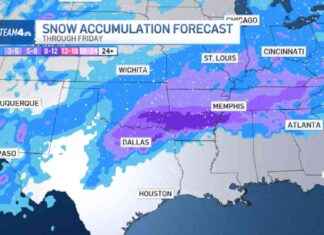The case kept the Ertzaintza in suspense for 12 agonizing hours and has led to a review of security protocols in Basque hospitals. It happened during the night of October 19, 2022 at the Basurto Hospital in Bilbao. A woman, posing as a nurse, deceived a mother who had just given birth, kidnapped her baby, wandered during the night with the child and, the next morning, left him on the doormat of a home, just before ring the tenants’ doorbell. Now, a year and a half later, the alleged perpetrator of the events has been tried and faces requests for prison terms of between four and seven years.
The trial took place in a single session. It started around 10:00 a.m. and was scheduled for sentencing at noon. The woman who kidnapped the baby, crestfallen and visibly overwhelmed, has recognized the facts, wanted to emphasize her regret, and has asked the child’s parents for forgiveness, between sobs.
“I’m sorry, it wasn’t my intention, I apologize to the mother, I’ve been asking for it since I did it. “She was not in my right mind,” said the woman, who was 24 years old at the time of the events.
The accused, who has only briefly responded to questions from her lawyer, faces a request for a sentence of up to seven years in prison. Specifically, the Prosecutor’s Office requests a sentence of four years in prison, while her private prosecution requests seven years in prison and her defense requests her free acquittal.
After the alleged perpetrator of the kidnapping, the baby’s parents have testified, expressing, through tears, the suffering “and trauma” they still have.
The little boy’s father has indicated that the shock caused by the events forced him to receive psychiatric and psychological therapy for a year, while the mother is still on sick leave due to the psychiatric treatment she receives. “We still don’t sleep well at night, sometimes you even dream that they take you to the other one (in reference to his eldest daughter),” he indicated.
The mother, meanwhile, has told through tears how the events occurred. How the woman on trial entered the room several times, “talking like a normal nurse,” and how she finally took the baby, claiming that they should perform some tests. “I took Aimar from the crib, I gave it to him and I didn’t see him anymore,” she said.















